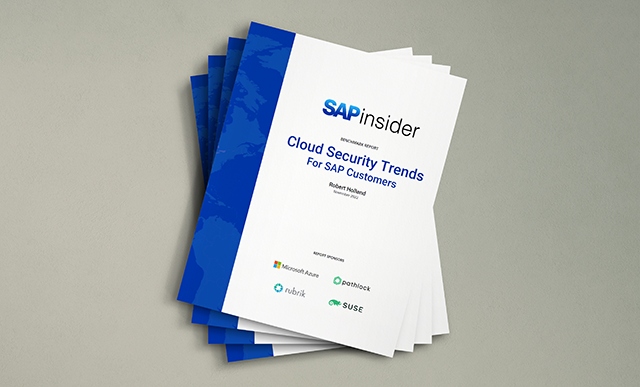Five Key Steps for Infrastructure Security
Meet the Authors
Key Takeaways
⇨ Organizations must balance security with availability, so teams can connect to necessary business processes.
⇨ To ensure security, organizations must utilize a reliable operating system.
⇨ Long-term considerations are critical, so teams must have vulnerability and patch management tools set up early in the process.
Security should be top of mind for all businesses that rely on SAP landscapes for mission-critical business functions. Cyberattacks can affect not just the SAP system, but also those of other connected systems. Issues like limited visibility and unpatched systems increase the likelihood of cyberattacks, as well as other system failures. Yet organizations must also ensure availability so their teams can access necessary products.
For this article, SAPinsider spoke with Grant Bennett, Global Vice President of SAP Sales at SUSE, to highlight five key considerations all organizations should make when designing their SAP infrastructure security strategy.
To maximize their security and minimize risk, organizations should rely on a secure operating system that has certain key security certifications. They should also integrate with SAP platform features and tools that keep SAP systems up to date with the latest patches.
Organizations should also take care to extend all security implementations across the entire SAP landscape, while keeping in mind that special considerations may be required for cloud deployments.









